You can also listen to this article in the voice of own Plastic Artist Rosângela Vig:

End of the World
From pointed pates hats fly into the blue,
All winds resound as though with muffled cries.
Steeplejacks fall from roofs and break in two
And on the coasts—we read—the tides rise high.The storm is here, the seas run wild and skip
Onland, crushing thick bulwarks there.
Most people have a cold, their noses drip.
Trains tumble off the bridges everywhere.
(HODDIS in HARDMAN, 2009, p.256)
The disturbing scene of the poetry, translates the idea of shattering, death and destruction. The awful scenery awakens a feeling of fear amid chaos and tragedy. Weltende was the name, in German, for the most significant poem of Expressionism. Its author, Jacob Van Hoddis (1887-1942) was of Jewish origin and died in a Nazi extermination camp.
Written in 1911, the poem leaves exposed the disorientation and terror, in an apocalyptic moment. Figurative language and pessimism are the hallmarks of this text and were the main features of Expressionism. Opposing the positivism of the Impressionists, the movement reflected a look of the poets on the modern society of the time, on wars and on industrialization. Political character and a revolutionary and social content became clear.
The movement was one of the European vanguards of the early 20th century and emerged in Germany, between 1904 and 1905, in Painting. Four architecture students formed a group called Die Brüke (The Bridge). As a reaction to Impressionism, inspired by African Art and the Art of Oceania, the group dared to expose the worries of the human being in their works. And nothing was more disturbing than the first half of this century, amidst a troubled historical context marked by two great World Wars, by the Russian Revolution, by fascism in Italy, and by Nazism in Germany.
The Expressionism manifested on the Field of Arts in this disturbing scenario, changing and rearranging the known forms, making subjectivity prevail over reality.
Architecture
The idea of grandiosity was the great feature of Modernism in Architecture. Largely influenced by the architects Henry Van de Velde (1863-1957), Antoni Gaudí (1852-1926) and Joseph Maria Olbrich (1867-1908) and also by movement Arts and Crafts of William Morris (1834-1896), the Architecture of this period 1 was marked by eccentricity.
Materials such as brick, glass and steel were widely used in constructions and it was given relevance to subjectivism and functionality. With the purpose to produce these materials on a large scale and also to integrate the decorative arts and handicrafts, the professionals, entrepreneurs, architects and designers founded in october of 1907, the German Federation of Labor, Deutsche Werkbund, first movement inspired by the Art Nouveau (Art Nouveau) which was popular in Germany at the time. The aim of the group was to combine industry with architecture, through work, professionalization and education. Modernity should be inserted in the Architectural Drawing. This group included the architects Peter Behrens (1868-1940), Walter Gropius (1883-1969) and Mies van der Rohe (1886-1969). Other groups later formed like the well-known School of Amsterdam, in 1915.
Founded in 1919, in Germany, by Walter Gropius, the Bauhaus was the first and most influential world's avant-garde school, on the field of Fine Arts, Design and Architecture. Much of what was produced in the school was sold in the period of World War II. Serving as a reference for great architectural heritage of the world, the Bauhaus came to change address due to political issues and was closed in 1933 because of Nazi persecutions. Major and well-known artists and architects of the time came to teach at the Bauhaus, among them Paul Klee (1879-1940), Wassily Kandinsky (1866-1944) and Mies Van Der Rohe (1886-1969).
Among the most significant buildings to Expressionism templates is the Crystal Pavilion 2 (1914), by architect Bruno Taut (1880-1938), made especially for the Exhibition of the German Federation of Work, in the city of Cologne, in Germany. The concrete and glass building had the oval dome and the facade onamented with mirror-like colored glass plates, with color variations ranging from dark blue, to Green ending in yellow, at the top. Illuminated by colored glasses, and the cascade inside the tower led to color effects that provoked emotions to the viewer, major objective of the work that, shortly after the exhibition, was destroyed, remaining only black and white photos.
Designed by architect Erich Mendelsohn (1887-1953), the Einstein Tower 3 (Fig. 1) is an astrophysical observatory and laboratory, built in the molds of Expressionism. The work, located in the Albert Einstein Science Park, in Potsdam, in Germany, was used for experiments that would validate Einstein's Theory of Relativity (1879-1955). It is possible to recognize the dynamism of the great scientist in construction, with its asymmetrical spiral, full of movement. Although not connected to Italian Futurism, the bold feature of the building is lively and energetic. The exoticism of the tower came to impact at the time.
Still adhered to the style, the architects Hans Poelzig (1869-1936), Hermann Finsterlin (1887-1973), Fritz Höger (1877-1949), Hans Scharoun (1893-1972) and Rudolf Steiner (1861-1925).
Sculpture
Art takes life among the raw materials, does it again, re-found it in new forms and, absolutely indifferent to the fact itself, invents, imagines, dreams and preserves between it and reality an impassable barrier of beautiful style, of decorative or ideal method. (WILDE, 1994, p.39)
It was the inventive and dreamy spirit that ended up taking so many stories for art. It was this spirit that allowed the form to wander through the ages creating so much diversity of shapes. The hands of the craftsman gradually delineated this trajectory that went through the figurative and that Modern Art was in charge of giving autonomy. And this freedom the most notable attribute of expressionist Sculpture.
Among the names that stand out in this field, they are those of Rudolf Belling (1886-1972), Oskar Schlemmer (1888-1943), Otto Freundlich (1878-1943), Ernst Barlach (1870-1938) and Käthe Kollwitz (1867-1945).
Although the style has diversified from artist to artist, the emancipation of form and of the figurative became common and evident to all, with a tendency to distortion and to movement. These characteristics were also among the major attributes of Wilhelm Lehmbruck's work (1881-1919). His characters are stylized, simple in form, they symbolize abandonment and sadness, Often amid ecstasy and madness; they seem to squirm, beg and move eagerly. Their elongated and solemn figures refer to the Gothic style and are almost always naked, sometimes with tissues falling to the feet, revealing great part of the body, sometimes very thin, with prominent bones; sometimes obese. His Young Man Seated (Fig. 2) thoughtless and moodless, seems dismayed, in a state of resignation. In the slow and dramatic gesture, the impression is that the image was captured at a given moment and that the person will move, or is moving. Inspired by the ideas of the German philosopher Friedrich Nietzsche (1844-1900), it is easy to find also Lehmbruck’s infuence of the sculptors Aristide Maillol (1861-1944) and Auguste Rodin (1840-1917). Lehmbruck’s works were considered degenerate and were removed from public collections by the Nazi regime. They are now part of collections of great museums in the world.
Painting
The artist is and remains free to combine abstract and objective elements, in order to make a choice between the infinite abstract possibilities or the material that the objects provide to him - in other words, he is free to choose his own means. In doing so, he obeys only his inner desire. (KANDINSKY, 1991, p.133)
The astonishment and the apocalyptic feelings are among the impressions left by the early 20th Century. Humanity faced the horrors of two great World Wars and Nazism, and could have no other interpretation of the world than of chaos and disorder. And this tormented life was reflected in Art through expressiveness and subjectivism. Painting witnessed a detachment from reality at the end of the 19th Century, Expressionism consolidated this trend in the early 20th Century. The freedom of the spirit, which Kandinsky tells us, in his text above, allowed Art to draw closer to thought and to emotions. Predominated distortions; the rejection of perspective and light; and, and above all a reorganization of known forms.
The Group Die Brüke (The Bridge) was the first manifestation, in the expressionist molds, in 1905, with the painters Ernst Kirchner (1880-1938), Karl Rottluff (1884-1976), Emil Nolde (1857-1956), Oskar Kokoshka (1886-1980). Later joined more artists to the group that aimed to reject academicism. influenced by Fauvism, the movement held several exhibitions until 1913, year in which officially ended. Among the groups that were formed, still followed him Der Blaue Reiter (The Blue Knight), from 1911, with Franz Marc (1880-1916), Wassily Kandinsky (1866-1944), Paul Klee (1879-1940) and Lyonel Feininger (1871-1956). Other artists involved with the movement were Marc Chagall 4 (1887-1985), born in Russia, Chaim Soutine (1893-1943), from Lithuania; Amedeo Modigliani (1884-1920), from Italy; Diego Rivera (1886-1957), José Orozco (1883-1949) and David Siqueiros (1896-1974), protagonists of Mexican Muralism; Constant Permeke (1886-1952), from Belgium; and Georges Rouault (1871-1958), from France.
As a precursor of the expressionist movement is the name of the Dutchman Vincent Van Gogh (1853-1890), for the unmistakable nature of his work, for the use of pure colors and for the vigor of brushstrokes; another obe was the Norwegian Edvard Munch (1863-1944), who also went through Symbolism.
Melancholy and depression, were common in Munch's works, and accentuated in The Scream (Fig. 4). The work was finished in 1893, and received three more versions. The first was painted before Expressionism was recognized as movement. In the lower left corner of the painting, three people walk on a bridge; two of which on a more distant plane and one closer, in evidence. With his hands on his head, this character's expression represents despair or anguish, as if crying out for help. The hot colors of the sky and of much of the picture seem to contrast with the blue color of the water of a lake that is part of the scenery. Throughout the scene, the colors, are sinuous, have movement and not left mixing. The known shapes are deformed, people are angular and distorted. The simplification of the lines and the abandonment of the realistic forms denote a preoccupation of the artist with the expressiveness. And the desperation that exteriorizes the character reflects the very life of the artist, because of the psychological and familiar problems that he passed. Munch's style epitomized the Expressionist spirit and served as an inspiration to artists of the 20th Century.
For some scholars, the autonomous style of Amedeo Modigliani made him far from any movement of the time. However, it is possible to recognize expressionist traits in its refined form of distortion of reality. The pure, intense colors and prostration of his angular characters are among the expressive attributes of his artistic making. And this is the most noticeable feature of his Madamme Kisling (Fig. 7). The distraught redhead woman, shorthaired, wears a tie, a shirt, and a jacket. Her delicate and very thin face contrasts with her melancholic look. The woman on blue cushion (Fig. 9) is among the several nudes that the artist painted. Recumbent, with a sad look, she touches her chin in a thoughtful gesture. Her elongated face, the languor, and state of prostration seem to be repeated in other characters the artist painted (Fig. 6 and 8). In Expressionist molds, the simplification of lines reinforces the look of the gestures and the exhibition of the interior. The artist has the domain of the figurative, but his work has as an essence, the externalization of feelings.
For me, therefore, the domain of Art was increasingly separated from the realm of nature, until the day that I came to feel each of these domains as totally independent. (KANDINSKY, 1991, p.94)
Final Considerations
The sublime must always be great; the beautiful may also be small; the sublime must always be simple; the beautiful can be decked out. A great height is as sublime as a depth, but this is accompanied by a sensation of trembling and that of a haunting (…) (KANT, 1942, p.9)
For Kant (1724-1804), the beautiful work is associated with delight, promotes feelings of tranquility, tenderness; the sublime work, on the other hand, bothers, disturbs and is disturbing. The Expressionism agrees with the sublimity, by the impact that caused in the presentation of its forms; by the astonishment of intense demonstration of emotions. It is also sublime its character; its use of vibrant colors; distortions; and its escape of reality, characteristics that were among the greatest attributes of the movement.
In the Expressionist traits they were exposed more than the artist's inner vision, but, above all the afflictions of an apocalyptic period that faced the horrors of two great world wars. The movement permeated the field of Music, Dance, Cinema and Photography and also went through Literature, to the molds of poetry that initiates this text. In the 30, Nazi radicalism put an end to Expressionism, in Germany, but its influence is undeniable to the artists and movements that followed after the second half of the 20th century.
Of the impressions, what remains is that Art must play its own role, uncompromised, free of form. The only responsibility of the artist is with his interior; it is up to him to allow the emotions to surface in the form that he likes best, so that the Art can make its History. And there is a text for reflection,
Far from reality, (…) Art reveals its own perfection, and the wondering crowd, that watches the opening of the marvelous many petaled rose fancies, that it is its own story that is being told and it is its spirit which is then expressed by a new form! (WILDE, 1994, p.54)
1 Video about the Expressionist Architecture:
www.youtube.com/watch?v=FO3ToFMGQns
2 Video about the Crystal Pavilion of 1914:
www.youtube.com/watch?v=1VeNxaHivHQ
3 Video about the Einstein Tower of Valter Gropius:
www.youtube.com/watch?v=nZsbmkGAZ_0
4 Marc Chagall Museum – official website:
en.musees-nationaux-alpesmaritimes.fr/chagall
Sign up to receive Event News
and the Universe of Arts first!
References:
- BAYER, Raymond. História da Estética. Lisboa: Editorial Estampa, 1993. Tradução de José Saramago.
- CHILVERS, Ian; ZACZEK, Iain; WELTON, Jude; BUGLER, Caroline; MACK, Lorrie. História Ilustrada da Arte. São Paulo: Publifolha, 2014.
- FARTHING, Stephen. Tudo Sobre a Arte. Rio de Janeiro: Sextante, 2011.
- GOMBRICH, E.H. A História da Arte. Rio de Janeiro: Editora Guanabara, 1988.
- GRIMM, Reinhold; HUNT, Irmgard. German 20th Century Poetry. New York: the Continuum International Publishing Group Inc., 2001.
- HARDMAN, Francisco Foot. A Vingança da Hileia, Euclides da Cunha, a Amazônia e a Literatura Moderna. São Paulo: Editora UNESP, 2009.
- HAUSER, Arnold. História Social da Arte e da Literatura. São Paulo: Martins Fontes, 2003.
- KANDINSKY, Wassily. Olhar sobre o Passado. São Paulo: Ed. Martins Fontes, 1991.
- KANT, Immanuel. O Belo e o Sublime. Pôrto:Livraria Educação Nacional Ltda. 1942.
- PROENÇA, Graça. Descobrindo a História da Arte. São Paulo: Editora Ática, 2005.
- WILDE, Oscar. A Decadência da Mentira. Rio de Janeiro: Imago Editora Ltda, 1994.
The figures:
Fig. 1 – Einstein Tower, Erich Mendelsohn, 1924. Photo: Kate Peeples Brown.
Fig. 2 – Seated Youth, Wilhelm Lehmbruck, 1917, composite tinted plaster, 103.2 x 76.2 x 115.5 cm. National Gallery of Art, Washington. Andrew W. Mellon Fund.
Fig. 3 – Standing Woman, Wilhelm Lehmbruck, 1910, bronze, 191.2 x 54 x 39.9 cm. National Gallery of Art, Washington. Ailsa Mellon Bruce Fund.
Fig. 4 – Edvard Munch: The Scream, 1910, Tempera and oil on unprimed cardboard, 83,5 x 66 cm. Munch Museum, Oslo. Photo © Munch Museum.
Fig. 5 – Edvard Munch: Madonna, 1895/1902, Lithograph, 605 x 442–447 mm. Munch Museum, Oslo. Photo © Munch Museum.
Fig. 6 – Gipsy Woman with Baby, Amedeo Modigliani, 1919, oil on canvas, 115.9 x 73 cm. National Gallery of Art, Washington. Chester Dale Collection.
Fig. 7 – Madamme Kisling, Amedeo Modigliani, 1917, oil on canvas, 46,2 x 33,2 cm. National Gallery of Art, Washington. Chester Dale Collection.
Fig. 8 – Adrienne (Woman with Bangs), Amedeo Modigliani, 1917, oil on linen, 55.3 x 38.1 cm. National Gallery of Art, Washington. Chester Dale Collection.
Fig. 9 – Nude on a Blue Cushion, Amedeo Modigliani, 1917, oil on linen, 65.4 x 100.9 cm. National Gallery of Art, Washington. Chester Dale Collection.
Fig. 10 – Dance Hall Bellevue, Ernst Ludwig Kirchner, 1909/1910, oil on canvas, 56 x 90 cm. National Gallery of Art, Washington. Ruth and Jacob Kainen Collection, Gift in Honor of the 50th Anniversary of the National Gallery of Art.
Fig. 11 – Siberian Dogs in the Snow, Franz Marc, 1909/1910, oil on canvas, 80,5 x 114 cm. National Gallery of Art, Washington. Gift of Mr. and Mrs. Stephen M. Kellen.
You might also like:
- First Traces of Modern Art – Abstract Expressionism in Brazil by Rosângela Vig
- First Traces of Modern Art – Expressionism in Brazil by Rosângela Vig
- Modern Art – Abstract Expressionism by Rosângela Vig
- First Traces of Modern Art – Impressionism in Brazil by Rosângela Vig
- Modern Art – Surrealism by Rosângela Vig
- Modern Art – Abstractionism by Rosângela Vig
- Modern Art – Cubism by Rosângela Vig
- First Traces of Modern Art – Symbolism by Rosângela Vig
- First Traces of Modern Art – Post-Impressionism by Rosângela Vig
- First Traces of Modern Art – Impressionism by Rosângela Vig
- Romanticism in Brazil by Rosângela Vig
- Romanticism by Rosângela Vig
- The Neoclassical Art in Brazil by Rosângela Vig
- The Rococo in Brazil by Rosângela Vig
- The Neoclassical Art by Rosângela Vig
- Rococo by Rosângela Vig
- How appears the Surreal Work by Rosângela Vig
- The Baroque in Brazil by Rosângela Vig
- Baroque by Rosângela Vig
- Mannerism by Rosângela Vig
- Flemish Art – Renaissance in Northern Europe by Rosângela Vig
- Renaissance by Rosângela Vig
- The Contemporary, A little about the Urban Art by Rosângela Vig
- The Naive Art – Ingénue Art by Rosângela Vig
- Middle Ages, Byzantine Art by Rosângela Vig
- Middle Ages, Romanesque Art and Gothic Art by Rosângela Vig
- The Roman Art by Rosângela Vig
- Greek Art, Art History in Ancient Greece by Rosângela Vig
- The Egyptian Art by Rosângela Vig
- The Prehistoric Art by Rosângela Vig
- The beauty Art and the sublime Art by Rosângela Vig
- The Game of Art by Rosângela Vig
- The Misunderstood Art by Rosângela Vig
[one_half]
ROSÂNGELA VIG
Sorocaba – São Paulo
Facebook Profile | Facebook Fan Page | Website
Columnist at Website Obras de Arte
E-mail: rosangelavig@hotmail.com
[/one_half][one_half_last]
[/one_half_last]

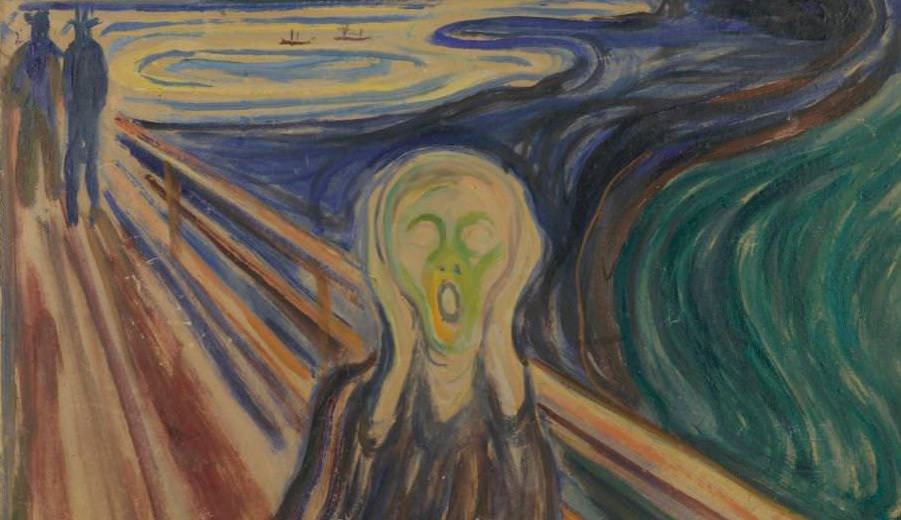

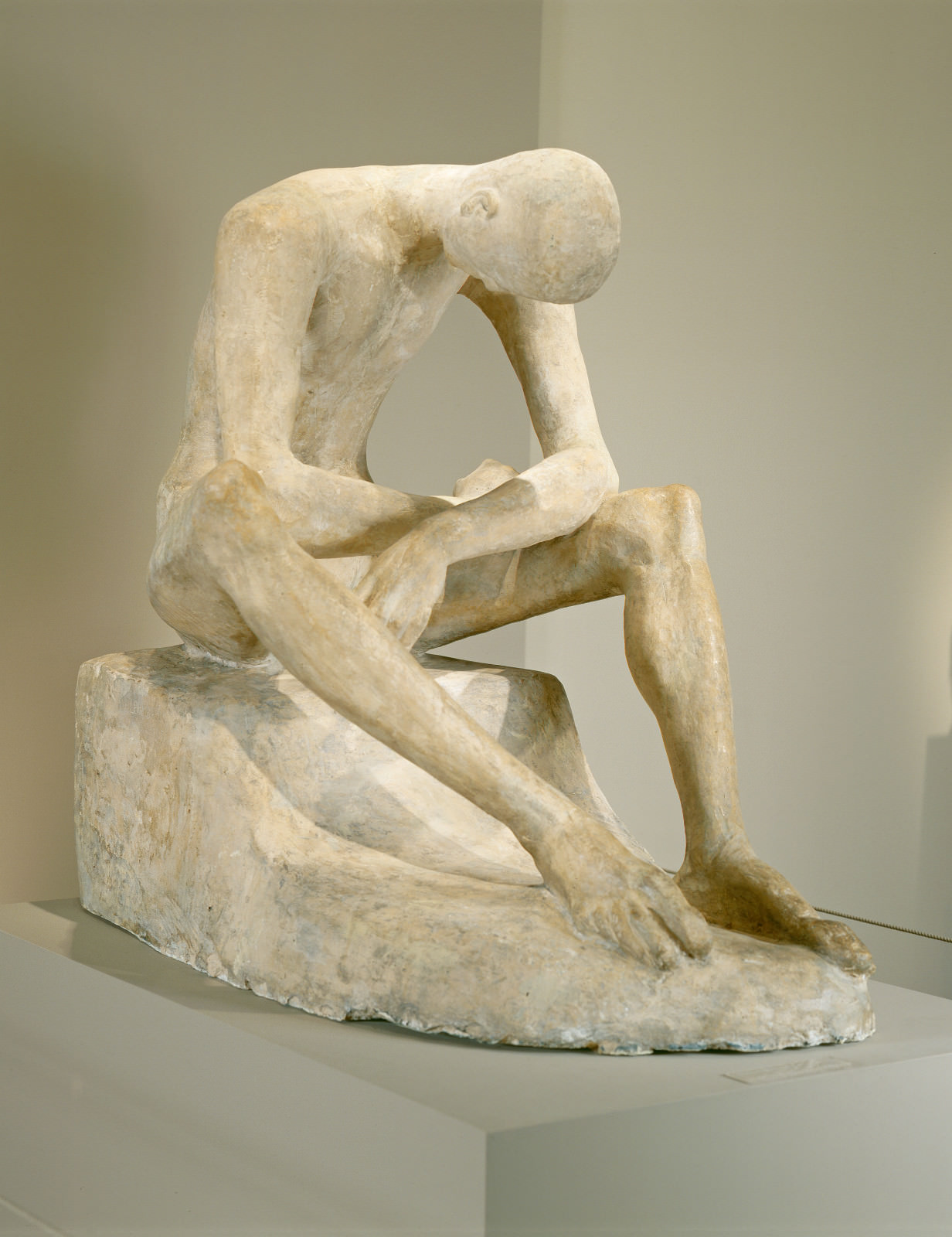
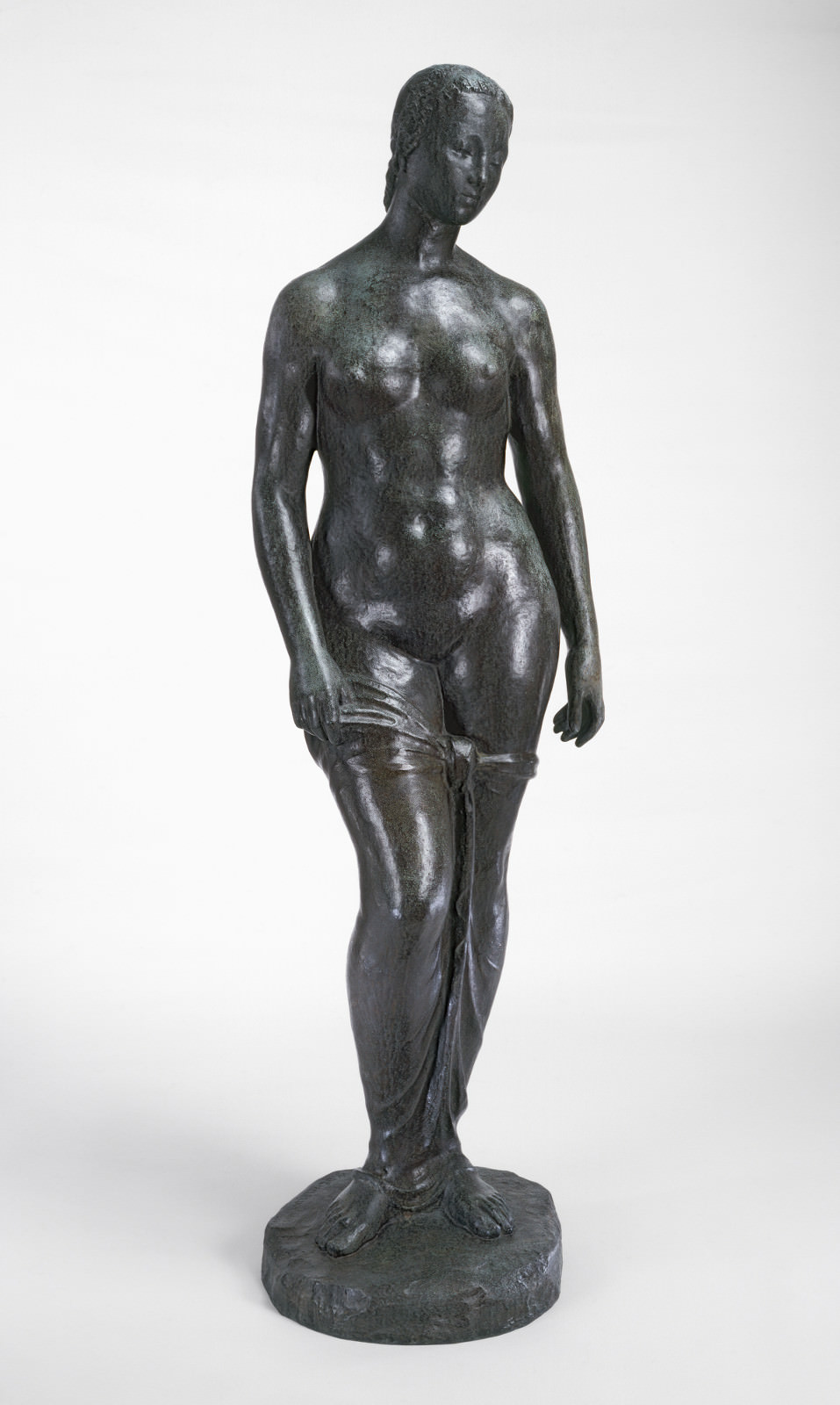
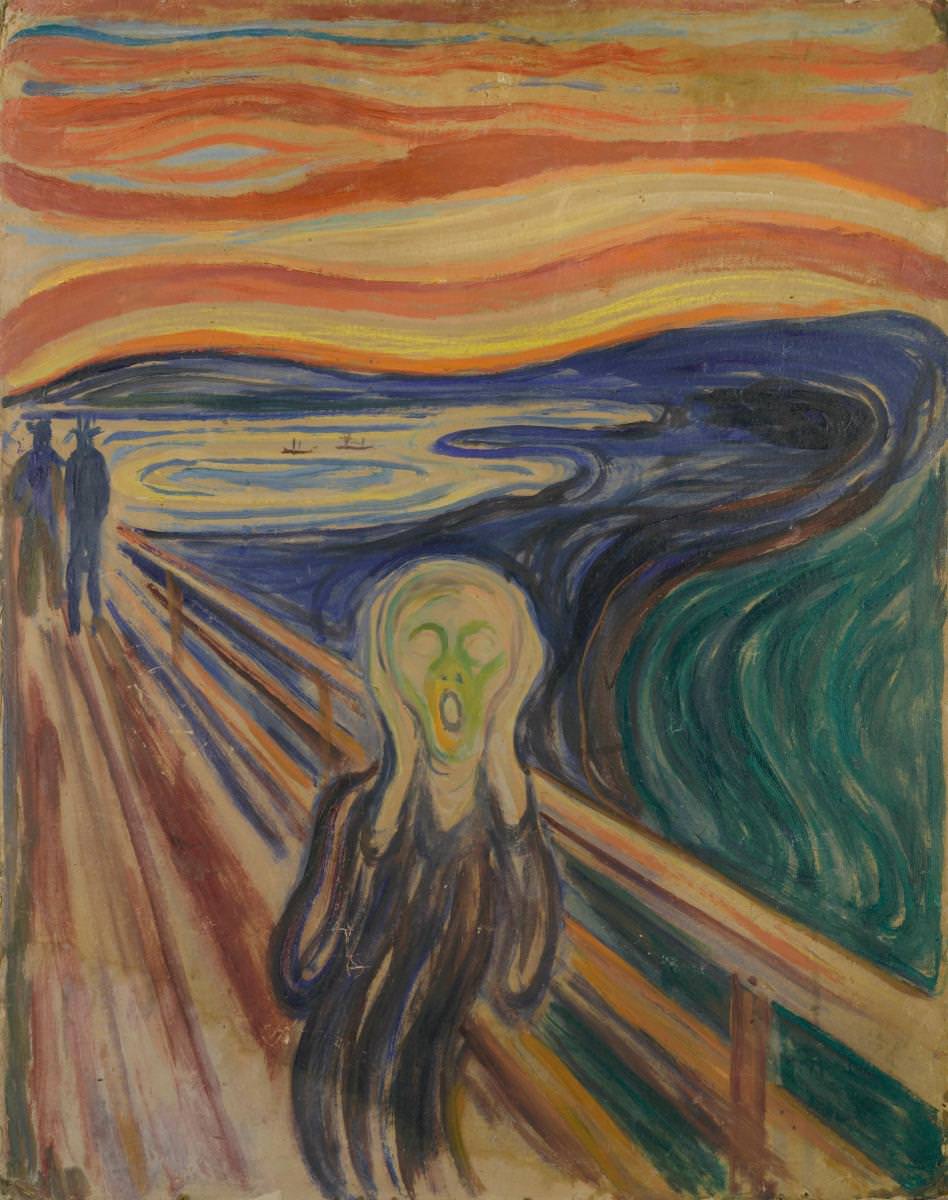

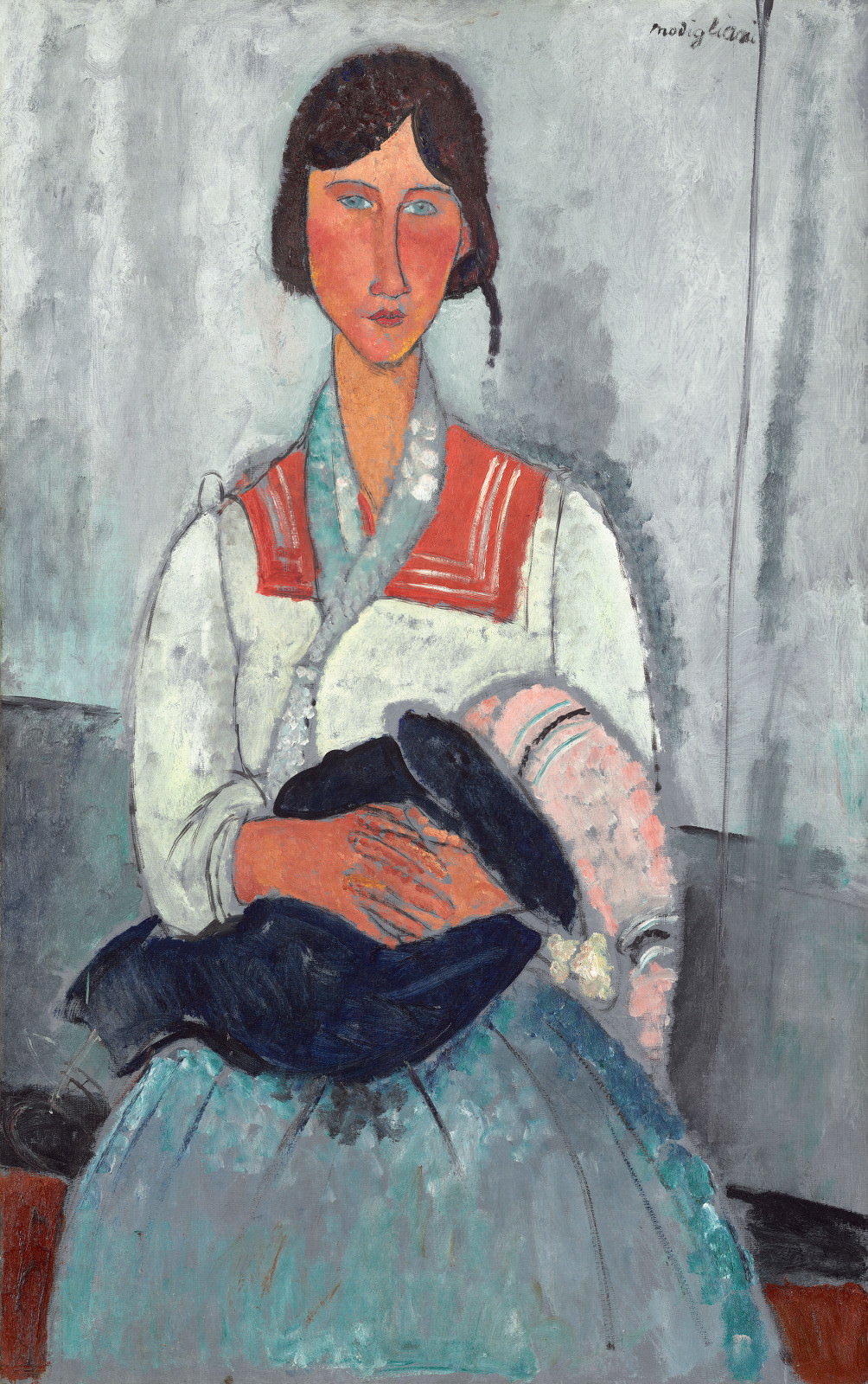


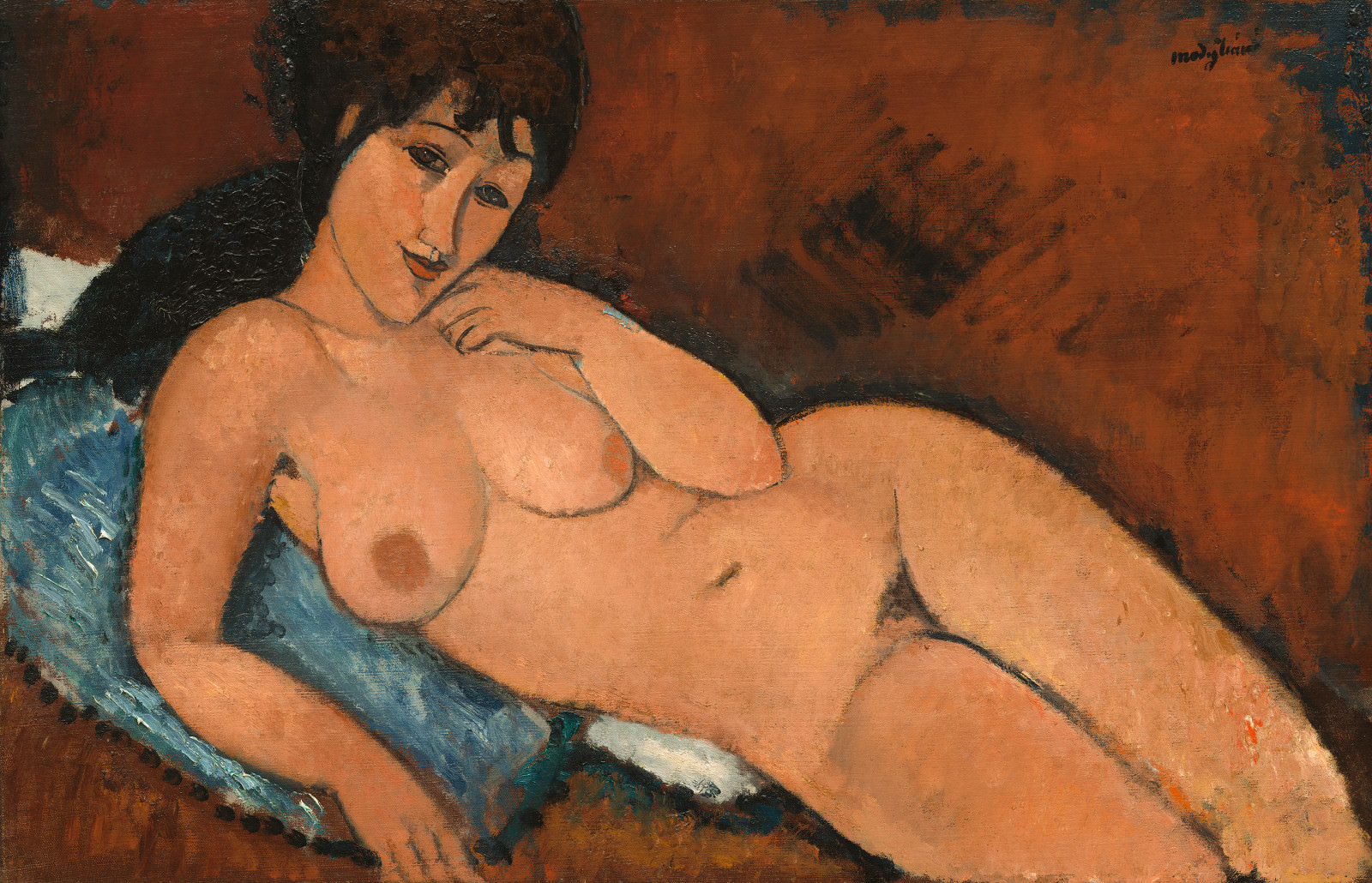
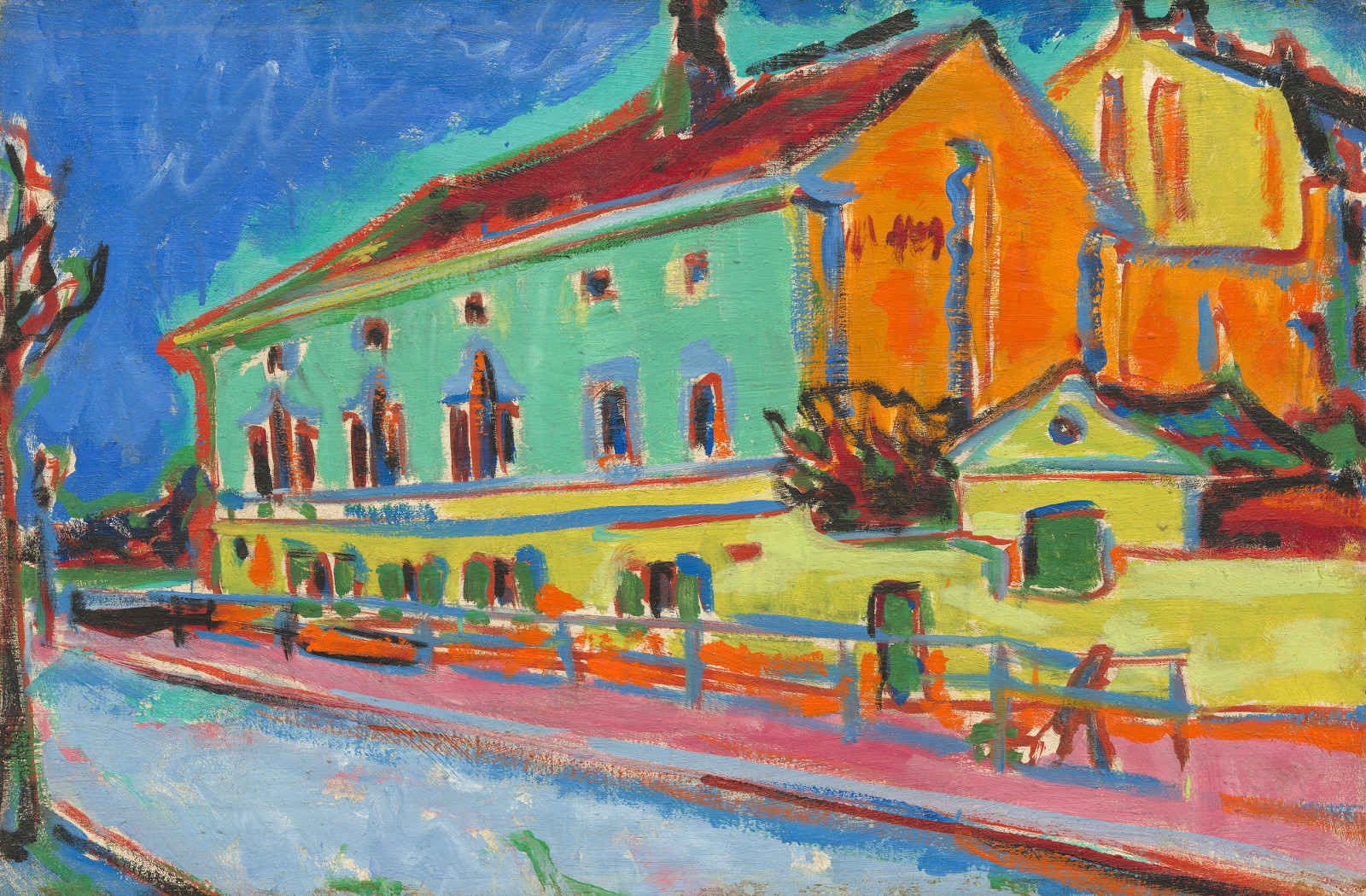
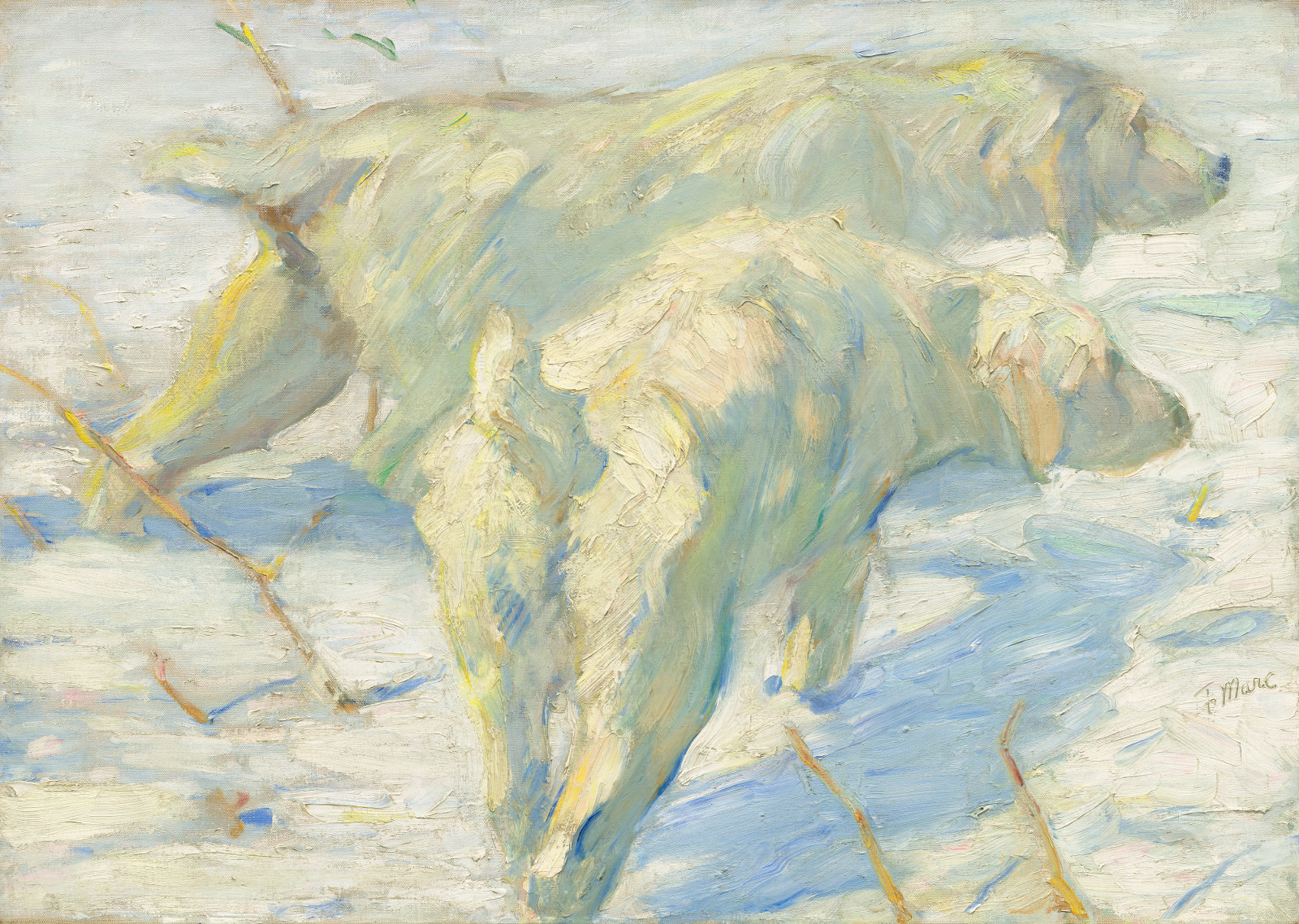

13 thoughts on “Modern Art – Expressionism by Rosângela Vig”